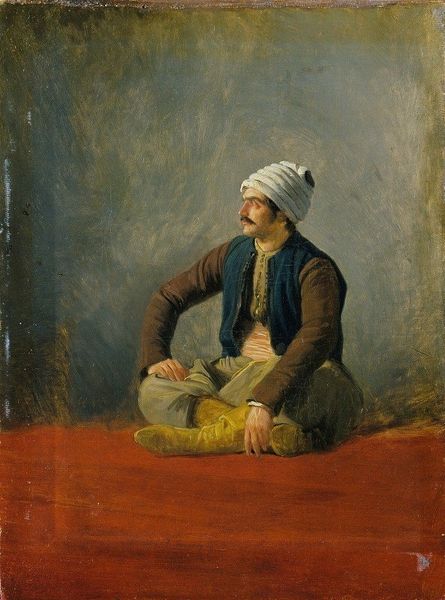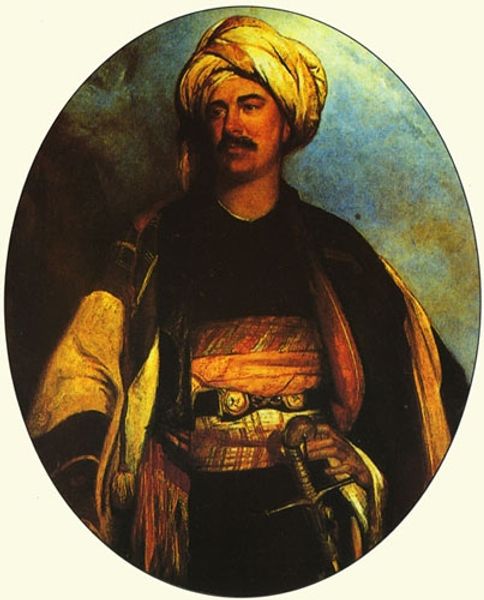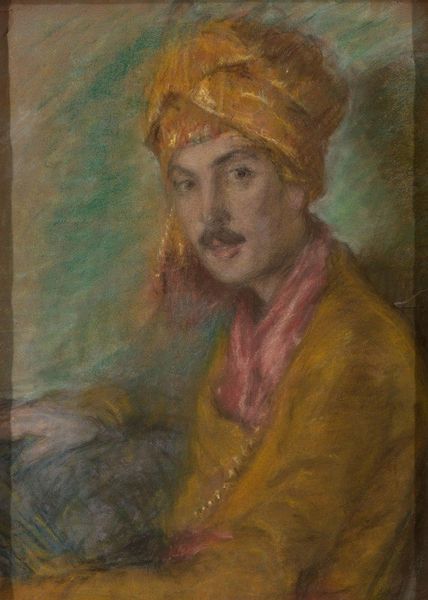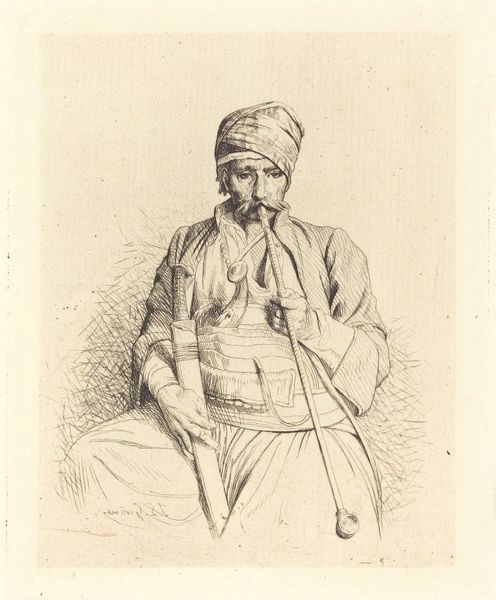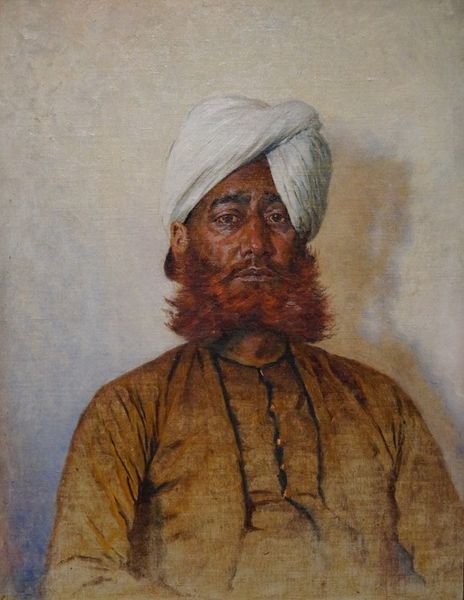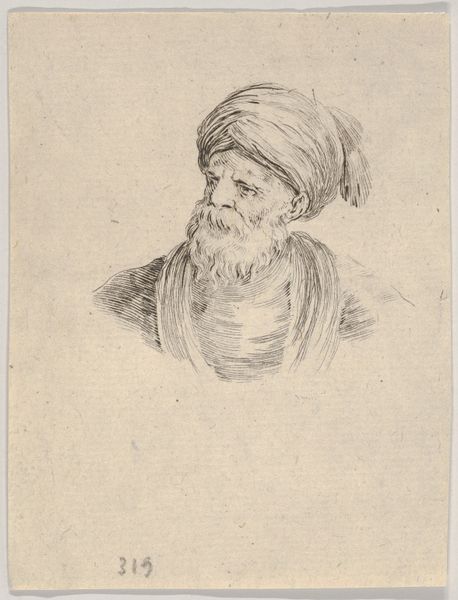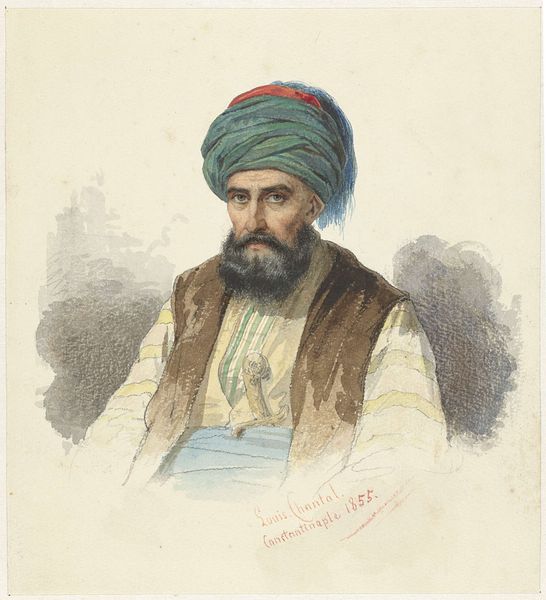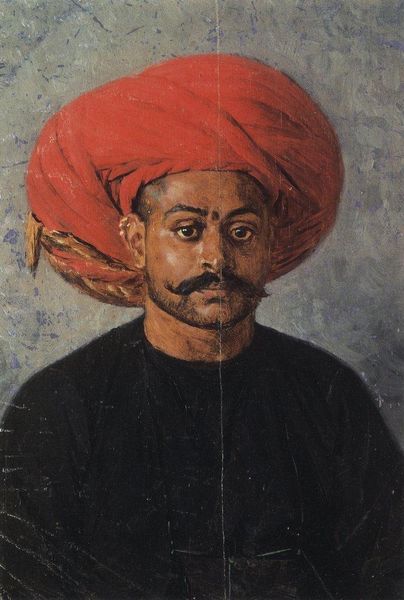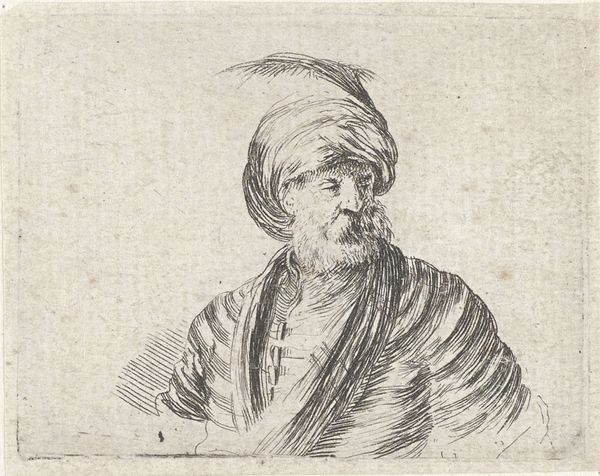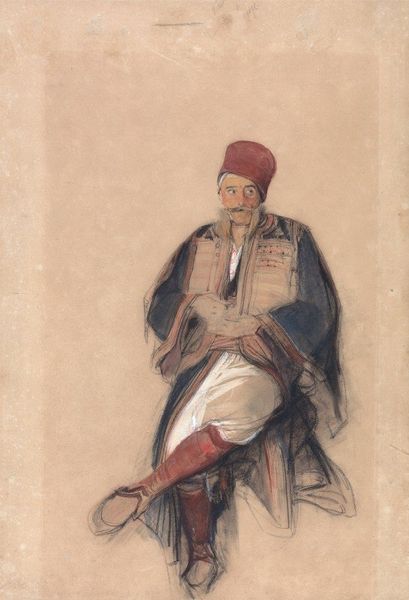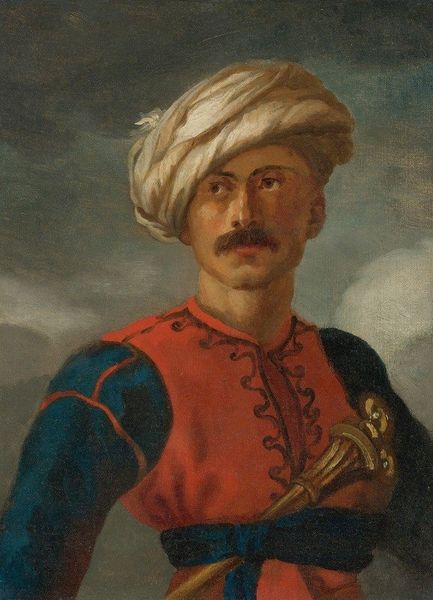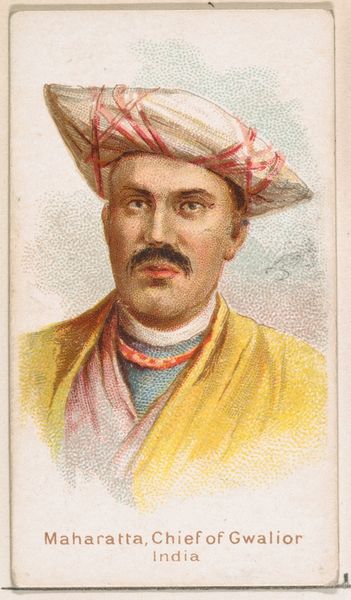
drawing, watercolor
#
portrait
#
drawing
#
charcoal drawing
#
watercolor
#
romanticism
#
portrait drawing
#
history-painting
Dimensions: 30 x 20 cm
Copyright: Public domain
Théodore Géricault made this portrait of Mustapha in the 19th century with watercolor on paper. The immediacy of watercolor allowed Géricault to capture not just Mustapha's likeness but also a sense of his character, his gaze cast slightly off to the side as if deep in thought. The fluid washes of color create a sense of depth and volume, particularly in the folds of his turban and the shadows that define his face. Watercolor demands a certain level of spontaneity and control. The artist had to work quickly and decisively, layering washes of color to build up form and texture. The transparency of the medium also means that each layer subtly influences the ones that follow, creating a luminous quality that's hard to achieve with other painting methods. Looking closely, you can see how Géricault exploited the unique properties of watercolor to bring Mustapha to life. It is important to consider these choices of materials and processes when discussing the cultural significance of the artwork.
Comments
No comments
Be the first to comment and join the conversation on the ultimate creative platform.
